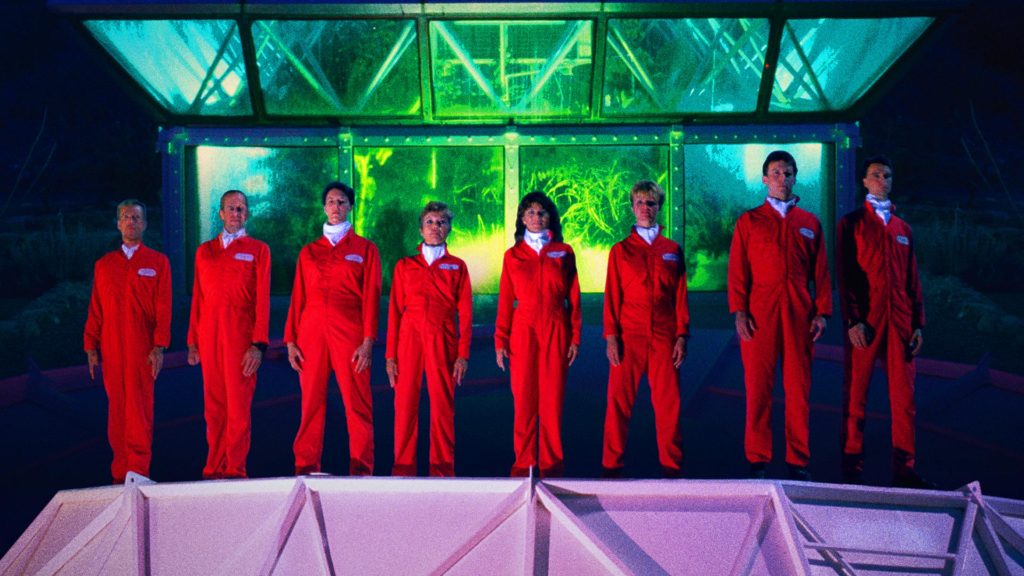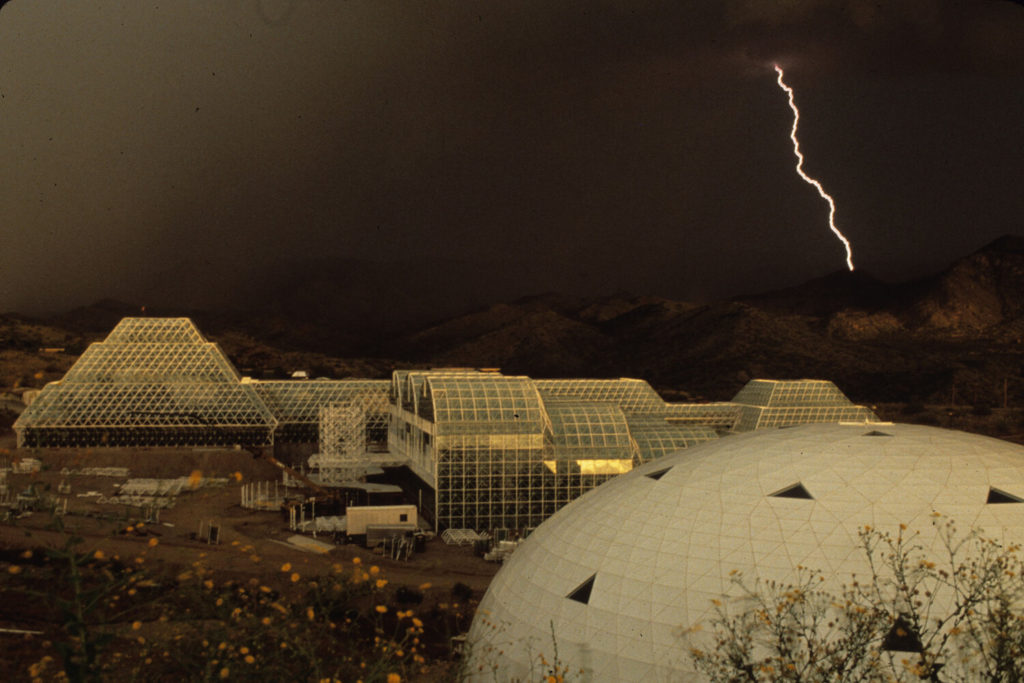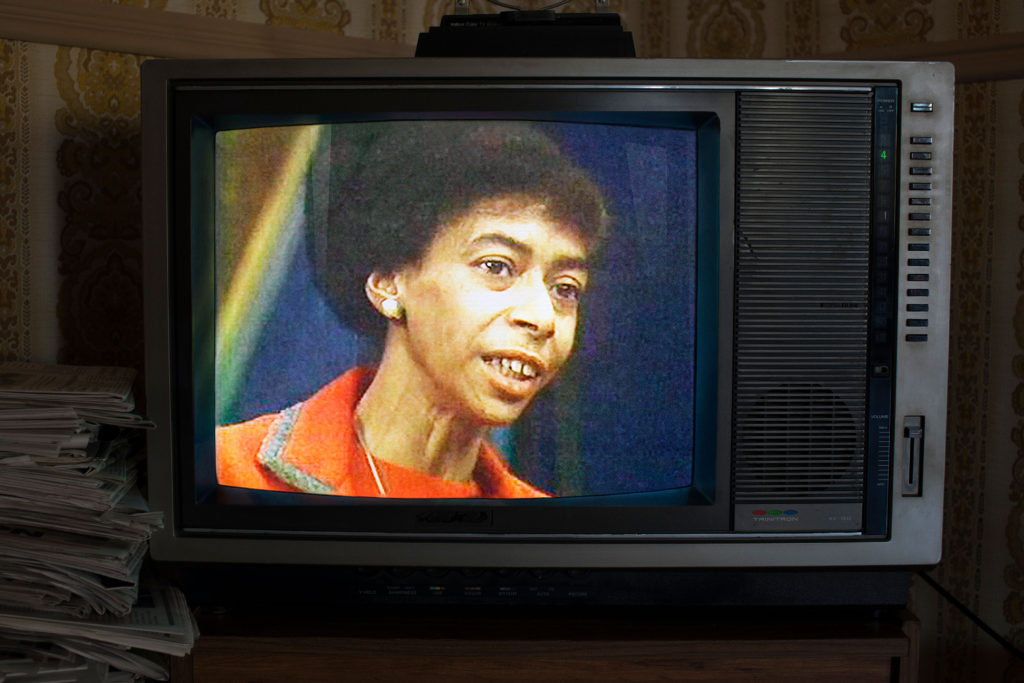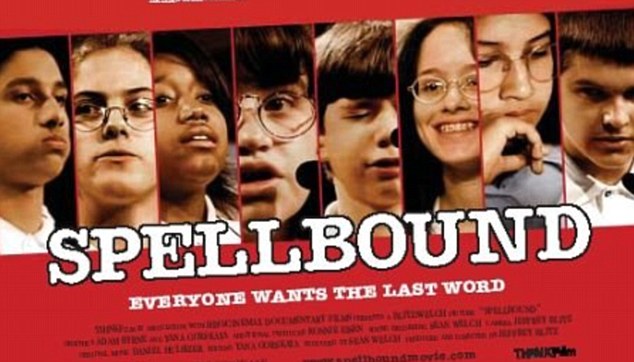
The latest from Silicon Valley native documentarian Matt Wolf, Spaceship Earth traces an audacious scientific quasi-experiment of the 1990s, the Biosphere 2, perhaps the Last Stand of the Renaissance Man.
A few months ago, Wolf released Recorder: The Marion Stokes Project. He is the son of Cinequest documentary screener Sandy Wolf; in this recent profile of Sandy, I also highlight Matt Wolf’s career (scroll down).
How ambitious was Biosphere 2? (Biosphere 1 is Earth.) It was the construction of an enormous structure – big enough to host a series of ecosystems – jungle, desert, etc. And to fill it, like Noah’s Ark, with an array of plant and animal species. And then sealing a team of eight humans inside for two years to survive (don’t underestimate Job 1 in this experimental artificial environment), tend the agriculture and conduct scores of scientific experiments. The promise was to learn about how humans could survive in future space colonies.

Scientists quibble about how closed and controlled the experiments really were. Ultimately, the experiment itself is not as meaningful a story as who did it and why. Wolf could have made this a procedural, or an expose about a cult or a fiasco.
Instead, Wolf made the inspired choice to begin 25 years earlier, with the San Francisco hippie commune that became the core leadershop of Biosphere 2. Led by the charismatic John Allen and a cadre of very smart and able women, they moved to rural New Mexico, then Berkeley and then around the world. These were unusually highly functioning hippies because they didn’t dive into drugs, and they focused on tangible projects like building a seaworthy ship and a hotel in Nepal – and always experimental theater.
Along the way, billionaire-with-a-B Ed Bass took a shining to Allen and the group and became their benefactor and sponsor. That made it possible for a pipe dream about sustainability to become a real project with a budget in the hundreds of millions.

Here’s what is stunning about this story. If someone, say NASA, had undertaken to create an Earth-like closed environment in preparation for space colonization, these are the LAST people who would have been asked to be involved. None of these hippies had academic or professional credentials or experience that even remotely would qualify them, in an objective sense. But they got there first with the idea and with Ed Bass’ money.
That’s what I found so amazing about the folks behind Biosphere 2 – they weren’t specialists, like the folks who build spaceships. Think of the generalist Renaissance Man who works across disciplines. These folks had a profound commitment to sustainability and said “what if?”, much like Da Vinci designing buildings, bridges and fortification, conceptualizing parachutes, helicopters and deep sea diving bells while painting great art. Or like the 18th Century gentleman inventors/scientists/industrialists/collectors.
The resultant 1990s media circus, certainly enough to scar the participants, seems almost quaint today. With an instantaneous and never ending news cycle, tribal and agenda-driven commentary and viral social media, God help them if they tried this today. It didn’t turn out to be the New Age Garden of Eden that was advertised.
Of course, there was hubris and tone deaf PR from the organizers, and the inevitable personality clashes between any eight nonconformists locked up together in a fish bowl for twp years. And then there was that sudden soaring of the CO2 level, threatening the lives of many species, including the humans.
What happened? In Spaceship Earth, it’s not treated as a catastrophe or a self-immolation or a betrayal, although you could make the argument for any of those characterizations. What’s more important is what these folks aspired to do and how far they got.
This was a genuine quest for sustainability, with some valid scientific experiments embedded in grand performance art.
Just released this weekend, Spaceship Earth can be streamed from iTunes, Vudu, YouTube and Google Play.




